Editorials
“Too Funny for Horror and Too Scary for Comedy” – 40 Years of ‘An American Werewolf in London’

From Greek mythology’s Lycaon to modern-day Michigan Dogman sightings, werewolves and their regional variants have prowled our imagination since time immemorial. While most cultures had their own particular rules and conventions regarding these creatures (the full-moon shtick is actually a relatively recent addition to the lore), the monster that we now know as the werewolf has the rare honor of being popularized by film instead of literature. And if there’s one werewolf story that stands out as the definitive version of the legend, it’s John Landis‘ 1981 classic An American Werewolf in London.
Featuring both laugh-out-loud jokes and spine-chilling scares, with one element never overshadowing the other, Landis somehow managed to craft a flawless horror-comedy that has yet to be topped. With the film celebrating its 40th anniversary this month, I’d like to take this opportunity to discuss how its perfectly balanced comedic elements are precisely what make it such a unique experience.
Presented like the illegitimate lovechild of a classic folk tale and an 80s sex comedy, An American Werewolf in London tells the story of David Kessler (David Naughton), a young Jewish man from New York backpacking through England with his best friend Jack Goodman (Griffin Dunne). Unfortunately, the duo is attacked by a mysterious creature after stepping foot in the dreaded Yorkshire moors, with Jack being killed and David becoming destined to transform into a savage monster himself. Sympathizing with this lonely stranger in a strange land, Nurse Alex Price (Jenny Agutter) invites him to stay with her in London as police sort things out, leading to a doomed romance as the full moon inevitably approaches.
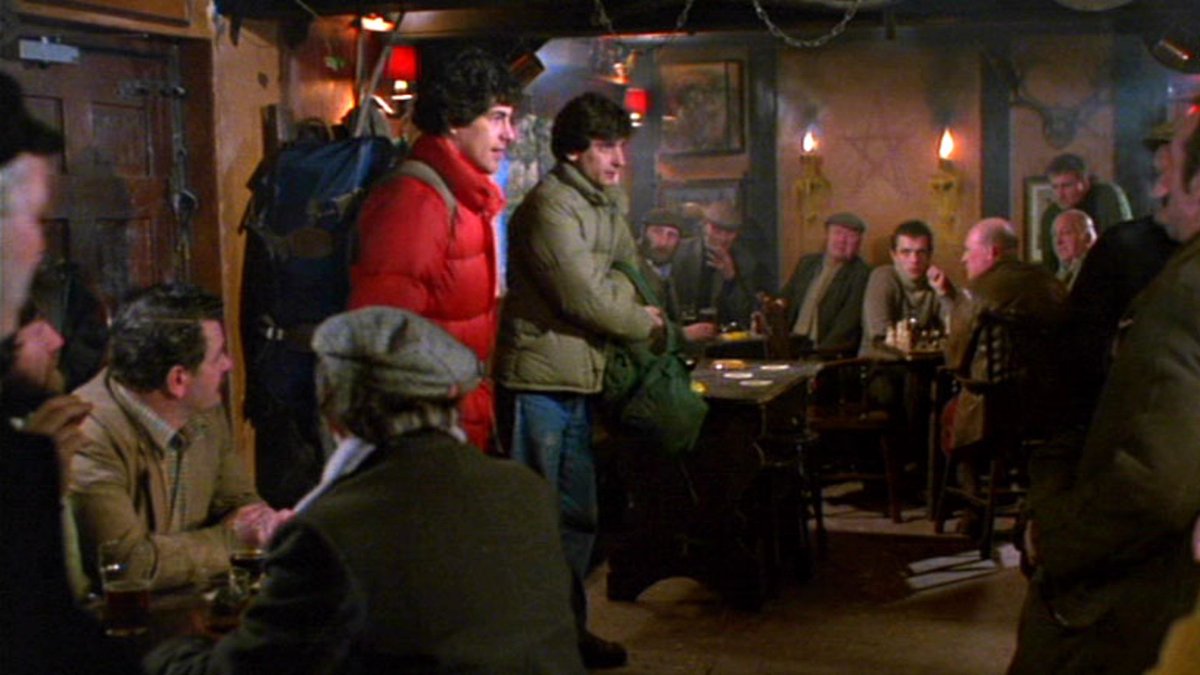
“Two Americans walk into a British bar. A horror movie ensues.”
There’s obviously a lot more to the story than that, with the added complexity that David might just be suffering from clinical lycanthropy after a traumatic experience (plus a strange but compelling theory that the movie is secretly about processing Jewish trauma, as suggested by Jon Spira’s video essay I Think He’s a Jew: The Werewolf’s Secret), but it’s still not a terribly unusual setup for a monster movie. What really keeps audiences on their toes here is the offbeat way that Landis chooses to depict these events, opting for the comedic route when telling an obviously tragic tale.
A lot of folks don’t even remember the film as a horror-comedy, focusing on the sad and gruesome story of a young man who becomes a monster through no fault of his own. However, on subsequent rewatches, you’ll probably be surprised with how often the movie tries to make you laugh, and even more surprised at how often it succeeds. From that opening “remember the Alamo” joke in the Slaughtered Lamb to the inherent absurdity of David’s undead victims cheerfully trying to convince him to commit suicide, I’d argue that the humor here isn’t meant to simply pad out the runtime in-between nightmarish werewolf sequences, but instead serves a narrative purpose as it makes you grow closer to the protagonist.
With a near-perfect ratio of 50% humor and 50% scares, watching the film feels a lot like hanging out with a playful friend that reacts amusingly even when surrounded by horrible circumstances. This makes it all the more shocking when your buddy turns out to be a terrifying man-eater who’s probably not going to make it out of this situation alive. That’s why I’d say that Landis’ greatest achievement here is in making the movie humorous but never satirical or farcical. The tragic horror elements are treated with the utmost seriousness, and the movie only ever laughs with David, never at him.
This is what makes An American Werewolf in London stand out among other horror films that attempt to be funny. If you think about it, even the most humorous Slasher flick is still depicting the brutal murder of (usually) innocent young men and women, but most horror fans consider these sequences fun instead of scary. That’s because those movies aren’t trying to use humor to generate empathy but to make the overall ride more entertaining. This isn’t necessarily a problem, as not every scary movie needs to make you feel bad about the deaths or the one responsible for them, but it exemplifies how unique Landis’ approach was.
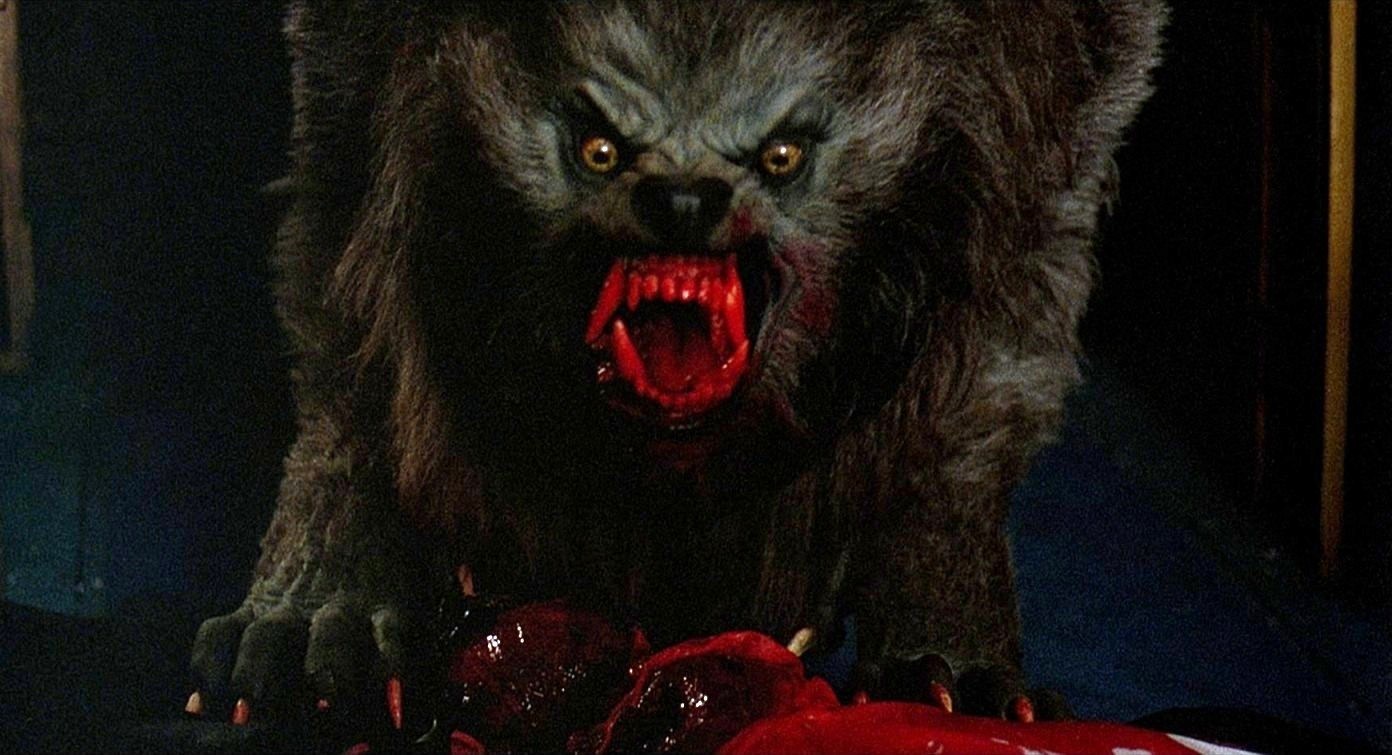
This werewolf doesn’t just look scary, it looks mean.
In fact, with so many accolades describing it as one of the greatest movies ever made, it’s easy to take this film’s bizarre decisions for granted. But make no mistake: this was a weird flick even back in the 80s. With an oddly sudden (but still convincing) romance, niche references to English culture and the odd inclusion of Nazi werewolves in outlandish nightmare sequences that have little-to-no bearing on the plot, this movie clearly shouldn’t work, but does. The heart-wrenching final moments are proof of that.
Cutting abruptly from that shocking finale to the closing credits while blasting one of the most upbeat renditions of Blue Moon ever recorded, some of the film’s more nihilistic fans assume that this ending is meant to be a mean-spirited middle-finger to the audience, as if it suggests that the universe doesn’t care about David’s tragic plight. I have a different opinion, as the rest of the film made a point of showing David trying to make the best of a bad situation. The way I see it, this ending is actually Landis’ way of telling us that, sometimes, the only appropriate reaction is to laugh in the face of tragedy, and I can sympathize with that.
Even after 40 years, there’s still so much to be said about this lovably strange film and how it perpetuated the now-definitive version of the werewolf mythos through humor and genuine pathos. While it’s said that the project’s original financiers were initially hesitant about the script, supposedly claiming that it was “too funny for horror and too scary for comedy”, I’m of the opinion that An American Werewolf in London is exactly funny and scary enough to be one of the greatest achievements of genre filmmaking, as well as one of my all-time favorite movies. So, whether you’re a fan of sincere laughs or just want to watch Rick Baker‘s legendary creature design in action, this is one monster movie that will forever be worth revisiting.

Maybe there’s a little werewolf in all of us.

Editorials
‘The Strangers: Chapter 1’ – Six Things We Learned from the Blu-ray Commentary

Lionsgate’s The Strangers: Chapter 1 launches a reboot trilogy based on the 2008 home invasion film, all three movies shot simultaneously under the direction of Renny Harlin.
To tide you over until Chapter 2, Chapter 1‘s home video release offers an audio commentary from star Madelaine Petsch and producer Courtney Solomon that hints at what’s to come.
Here are six things I learned from The Strangers: Chapter 1 commentary.
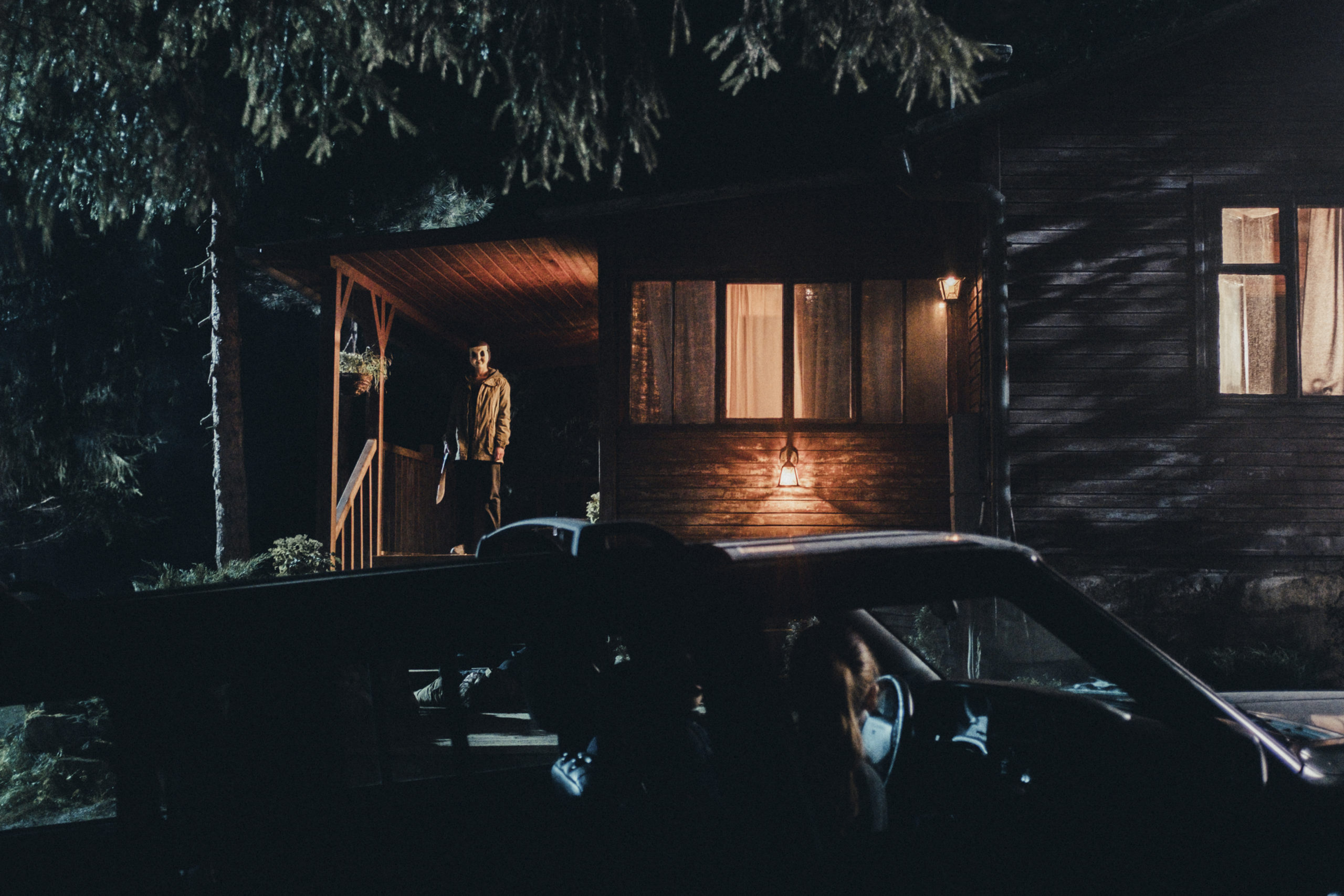
1. The opening music cue was inspired by The Shining.
The film’s opening establishing shot roving over the woods — with Bratislava, Slovakia standing in for the small town of Venus, Oregon — evokes the beginning of Stanley Kubrick’s The Shining, which was also a point of reference for the score.
“When we were scoring this, we looked at The Shining,” says Courtney Solomon, referring to Wendy Carlos’ iconic main title theme. “‘Cause we were looking for how, even though it’s dated, they were in that open, sort of everything environment, musically.”
Justin Caine Burnett (I’ll Always Know What You Did Last Summer, 9-1-1: Lone Star) composed the score.
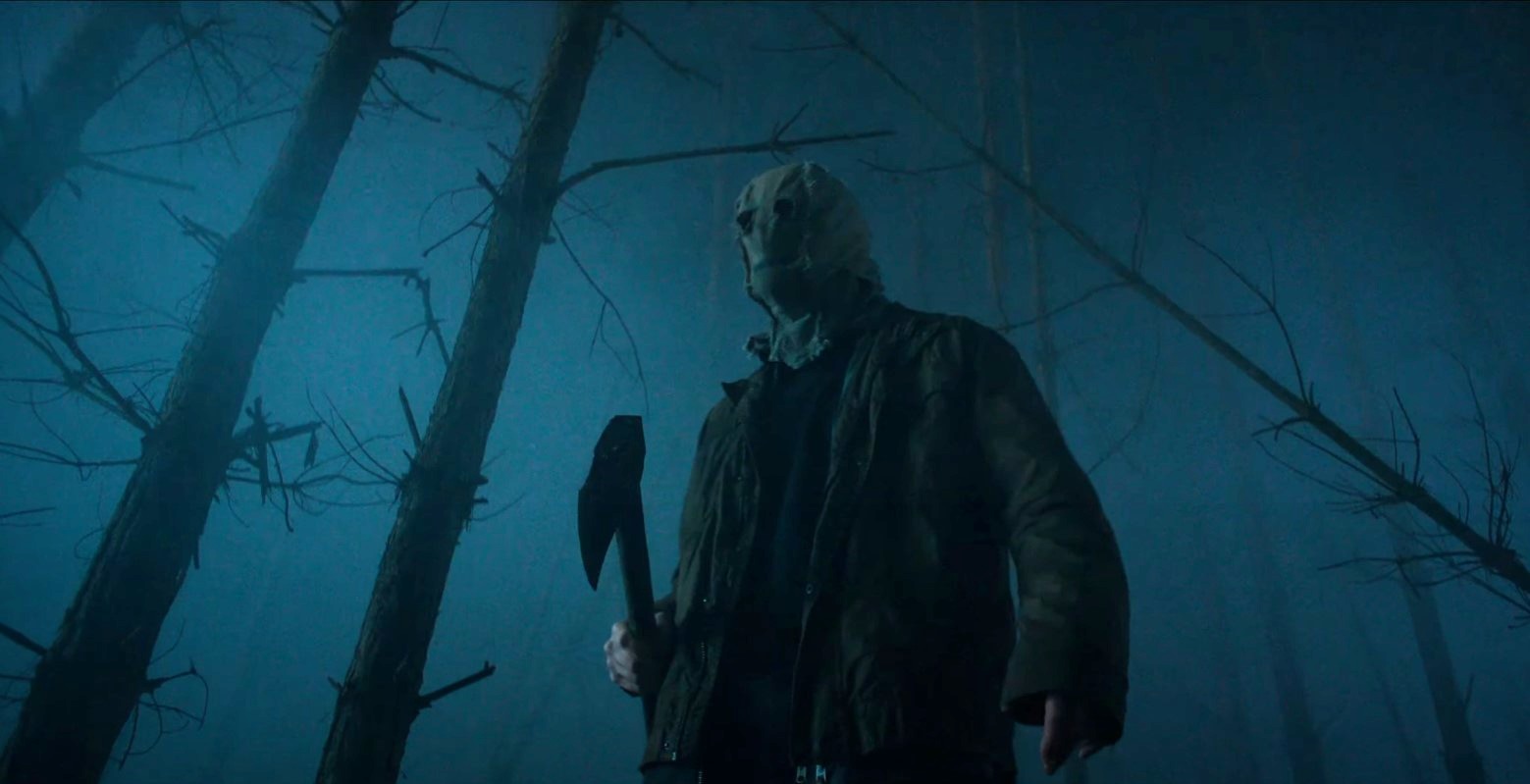
2. The cold open features an important character to the trilogy.
Shot together like one long movie, The Strangers trilogy will take place over a four-day period, with each subsequent entry picking up immediately after its predecessor’s finale.
Chapter 1‘s cold open features actor Ryan Bown — doing his own stunts, as Petsch points out — as a character who will play a bigger role in the coming installments.
“Jeff Morell, we’ll come to find out who this guy is as we go through all three chapters, but we sort of begin here,” Solomon notes.
“He’s a pretty important piece to this puzzle,” teases Petsch. “Some might say the piece.”
They also hint that viewers haven’t seen the last of Rachel Shenton’s Debbie, who Petsch’s Maya talks to on FaceTime, along with many of the townspeople from the diner scene.

3. Petsch was terrified of the project due to her love of the original film.
The shadow of the original Strangers looms large over Chapter 1. Petsch is “such a fan” that she was hesitant about doing a new version:
“I was terrified to touch that property. I think it’s an incredibly perfect horror film. I’ve seen so many horror films, and I feel like it’s one of the only ones that’s truly scared me to my bones, that I still think about all the time. So as we were trying to expound upon that story, with the second and third movies, we had to naturally repel the first story.”
Solomon similarly thinks highly of the original:
“I love the original Strangers. I wasn’t as big a fan of the sequel [2018’s The Strangers: Prey at Night], because it was just another story in a trailer park with the Strangers. I didn’t love that two of the Strangers got killed. That was just me personally; there are people that liked it. I was like, ‘I’d like to do something more interesting.’ In order to do it, to find that balance of retelling what made the first one so great as the basis to be able to launch off and tell the rest of the story.”
Petsch adds, “As we know, at the end of the first one, one of the last shots is Liv [Tyler]’s eyes opening. I’ve always wondered what happens after that.”
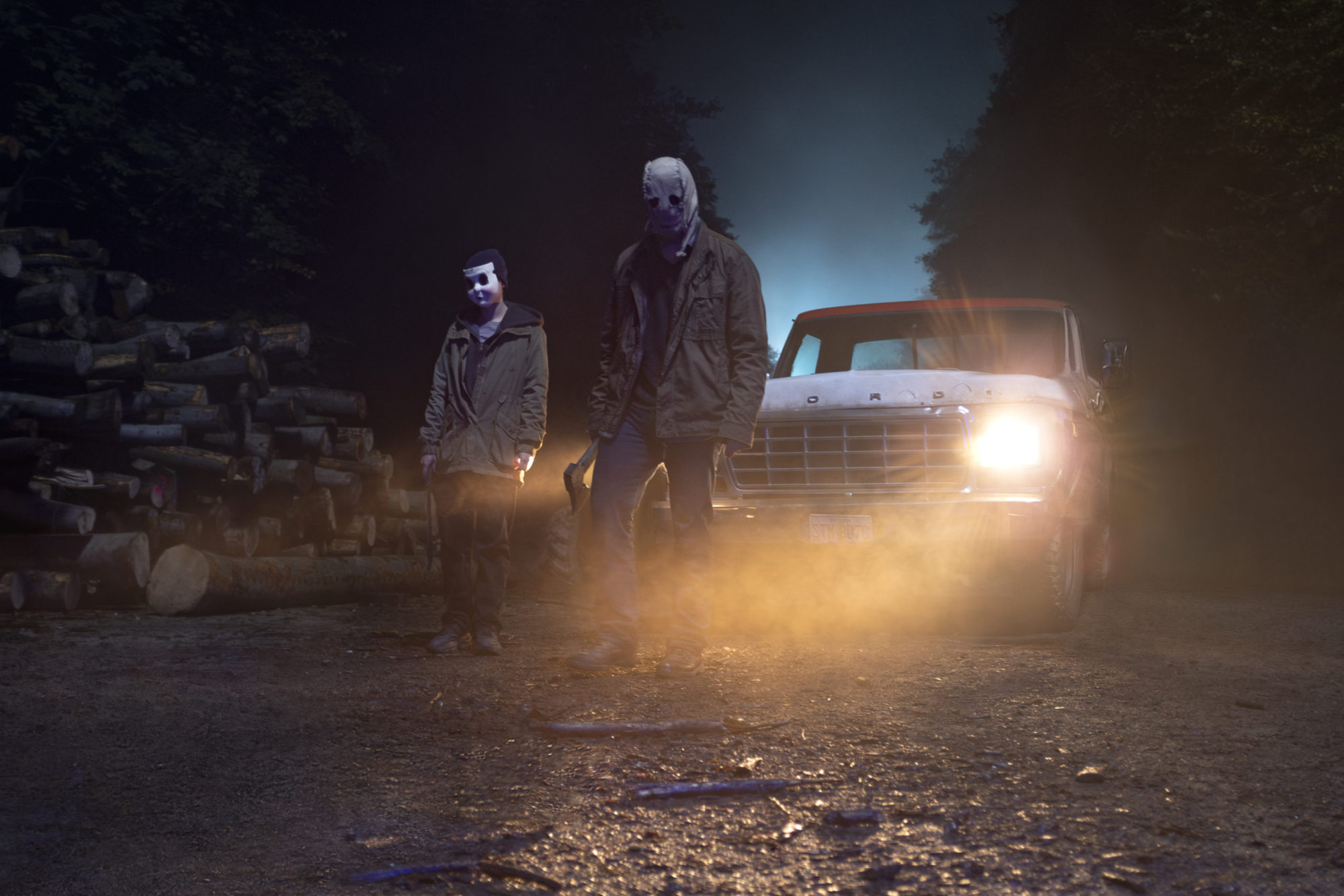
4. The killers’ hair is concealed to hide their identity.
Although the filmmakers opted to keep the look of the titular Strangers true to the original, Dollface and Pin-Up Girl’s hair is now concealed. This was a “purposeful change” to hide their identities, which will presumably be revealed later in the trilogy.
“We had a specific reason for doing it, obviously, because you do end up meeting a bunch of the folk from this small town,” explains Solomon. “You don’t know who’s wearing the mask, so if we had given up the hair that would make that identification a little bit easier.”

5. Petsch conceived the shower scene based on a personal fear.
In addition to starring in all three films, Petsch is an exclusive producer on the trilogy. More than a mere vanity credit, she had creative input throughout the stages of production, including the addition of Chapter 1‘s shower scene.
“This was not in the original script, the shower. Maybe our first week we were talking about what would be the scariest thing for me if I was in a situation like this,” she recalls. “I shared with you that every time I take a shower and I’m at the point where there’s suds of soap in my eyes and I’m shampooing, I’m always sure that’s when the serial killer’s gonna walk in. So we wrote this in, because I think that must be a common experience.”
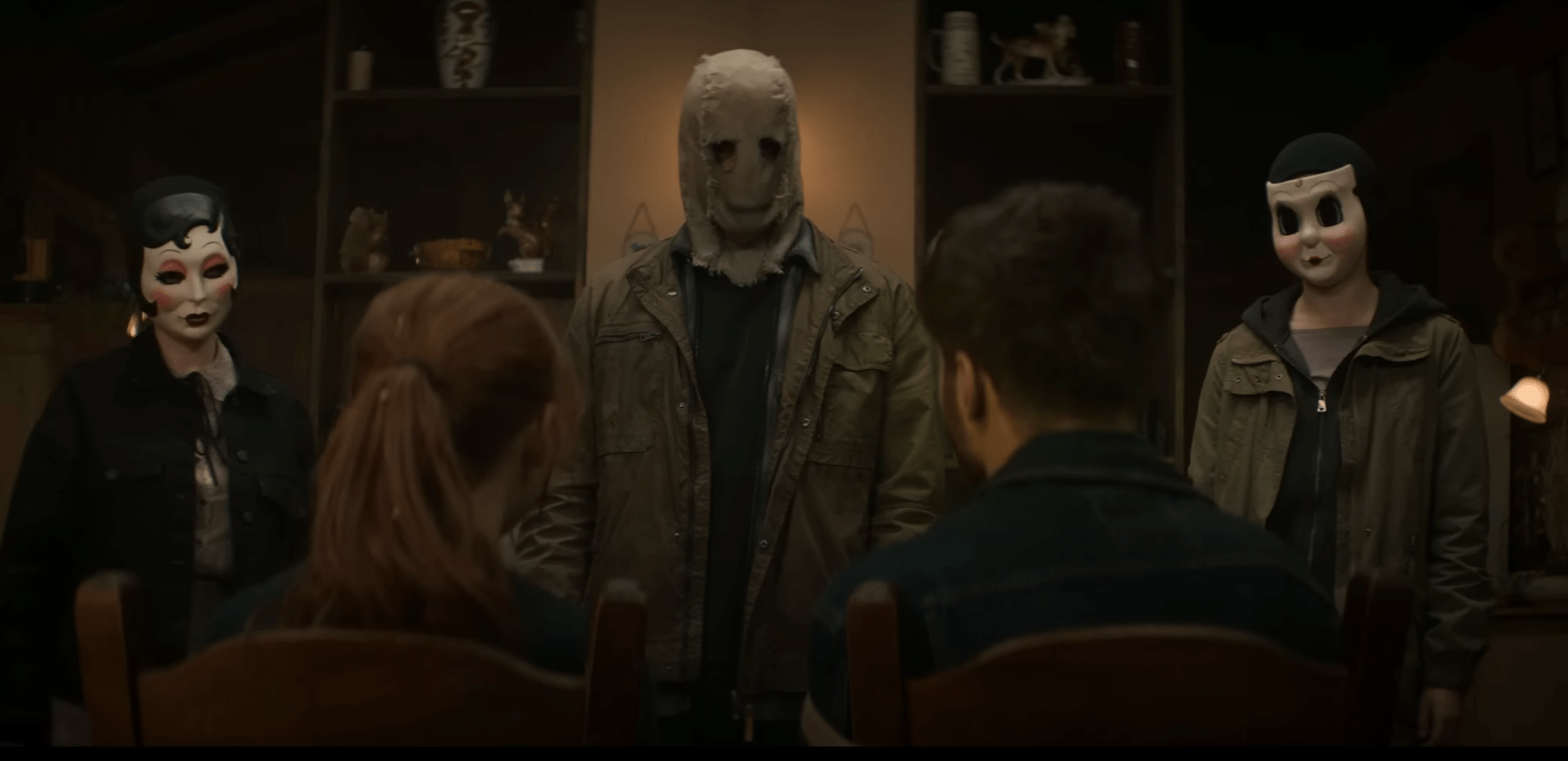
6. Remaking the original film was a conscious decision to kick off the trilogy.
It’s not until the end titles that the pair directly address the thought process behind launching the reboot trilogy with a retread of the original.
“Some people may go and watch this and go, ‘Oh, my god. It was a remake of the original.’ But actually this is just act one of our giant movie! If you watched it as a whole, then you’d be like, ‘Oh, shit. That’s just where it started,” says Solomon. “This is the 90-minute setup of the entire thing.”
Petsch concurs, “Don’t get me wrong. I also feel like the original is so good that it would be crazy to just do a remake of the original, but in order to tell the story that we were trying to tell, you kind of have to go back and do a repurposing of that story with these two new characters.”
“They did the whole first movie, the original, amazing, but that’s the jumping off point. This entire giant movie that’s become three chapters was done with a lot of love,” Solomon concludes.
The Strangers: Chapter 1 is available now on 4K Ultra HD, Blu-ray, DVD, and Digital.
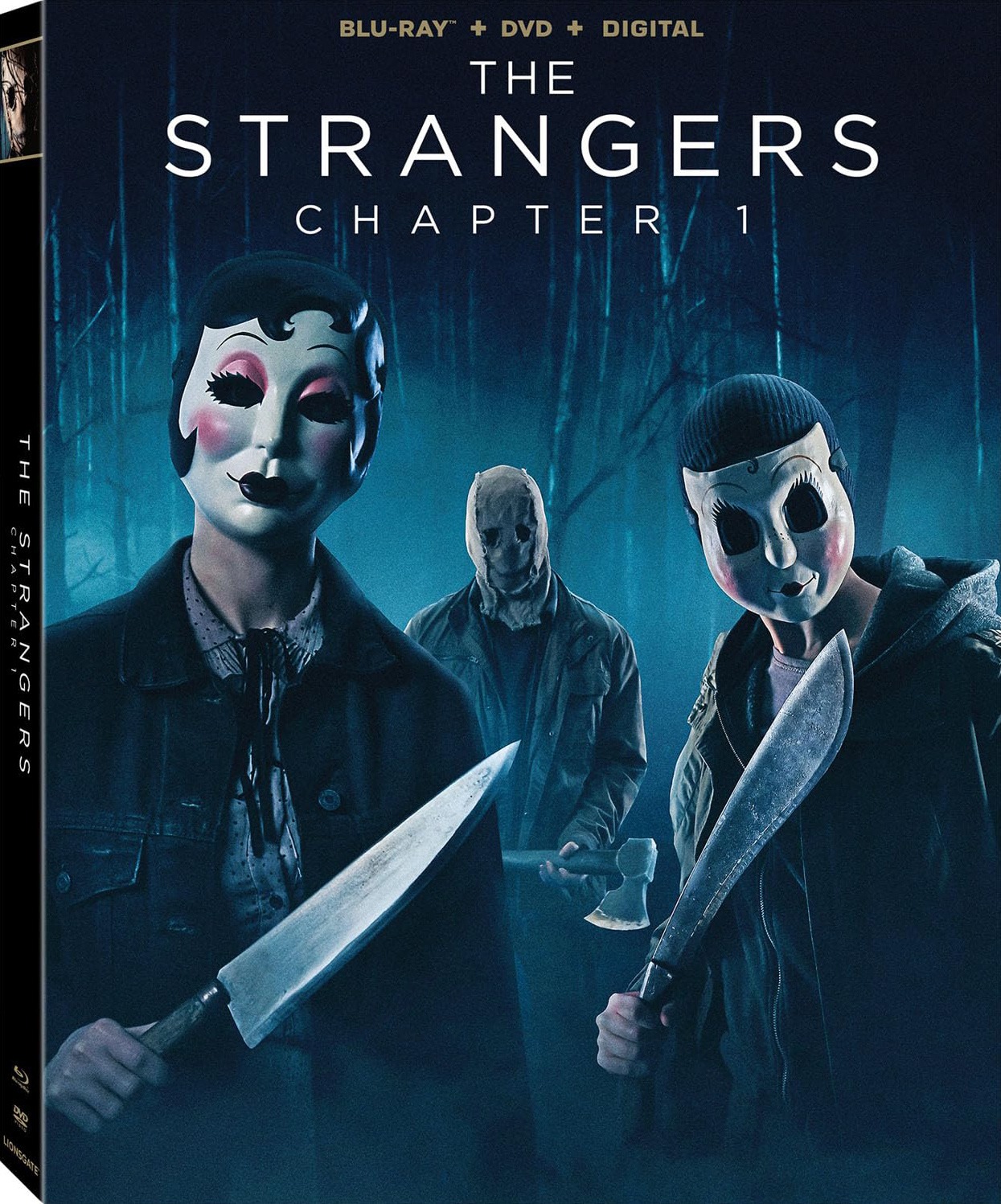
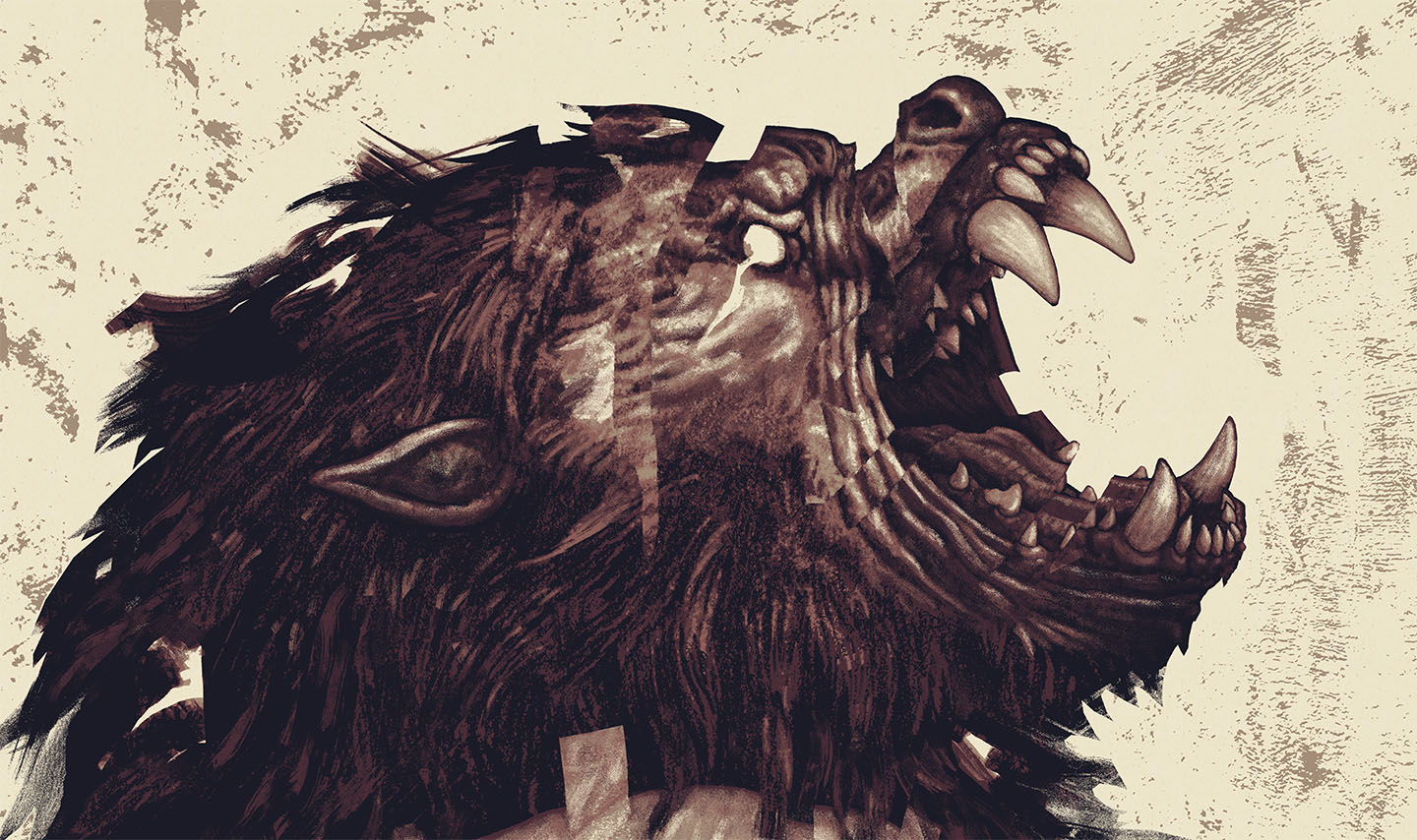


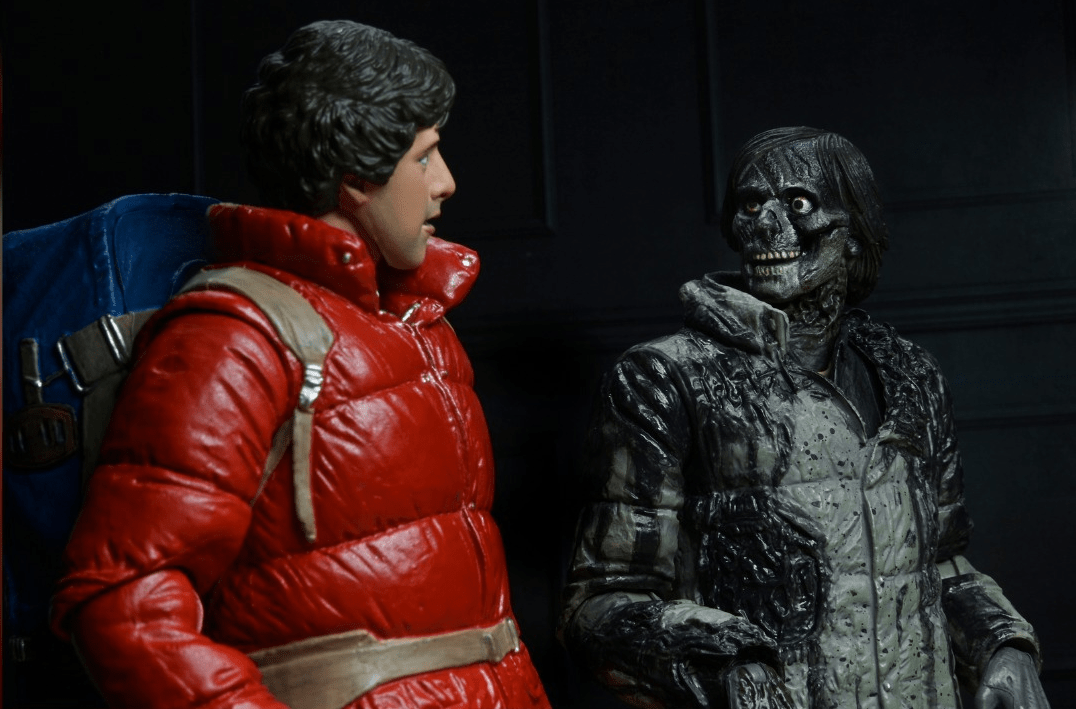
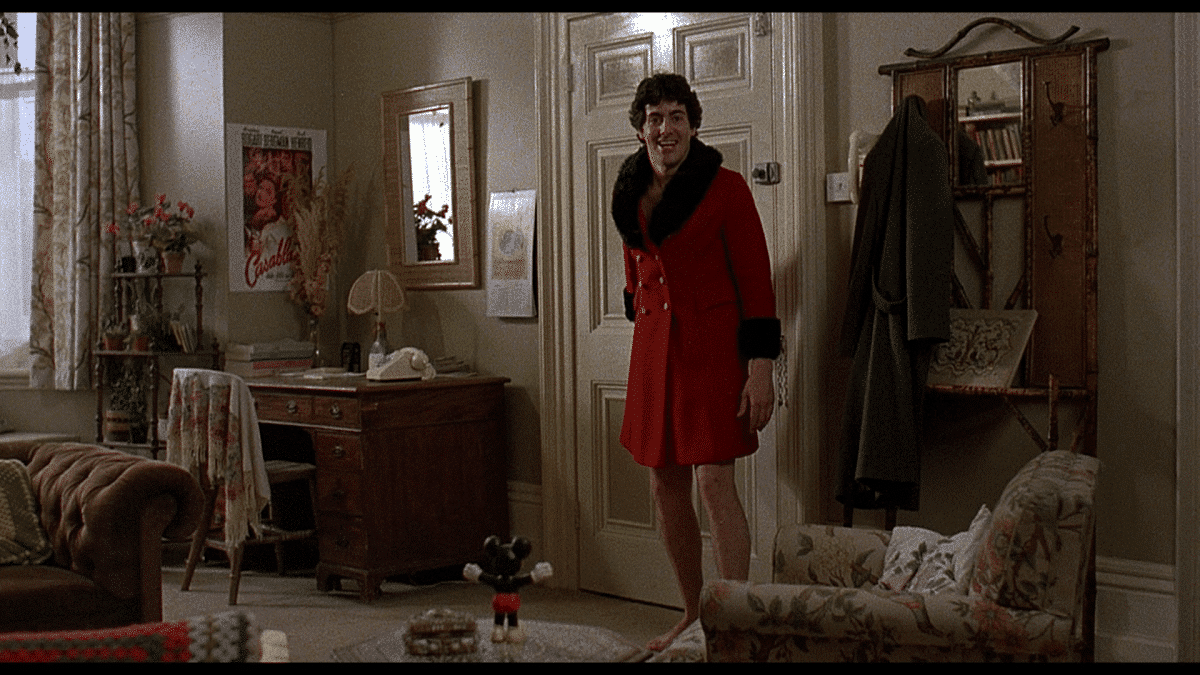



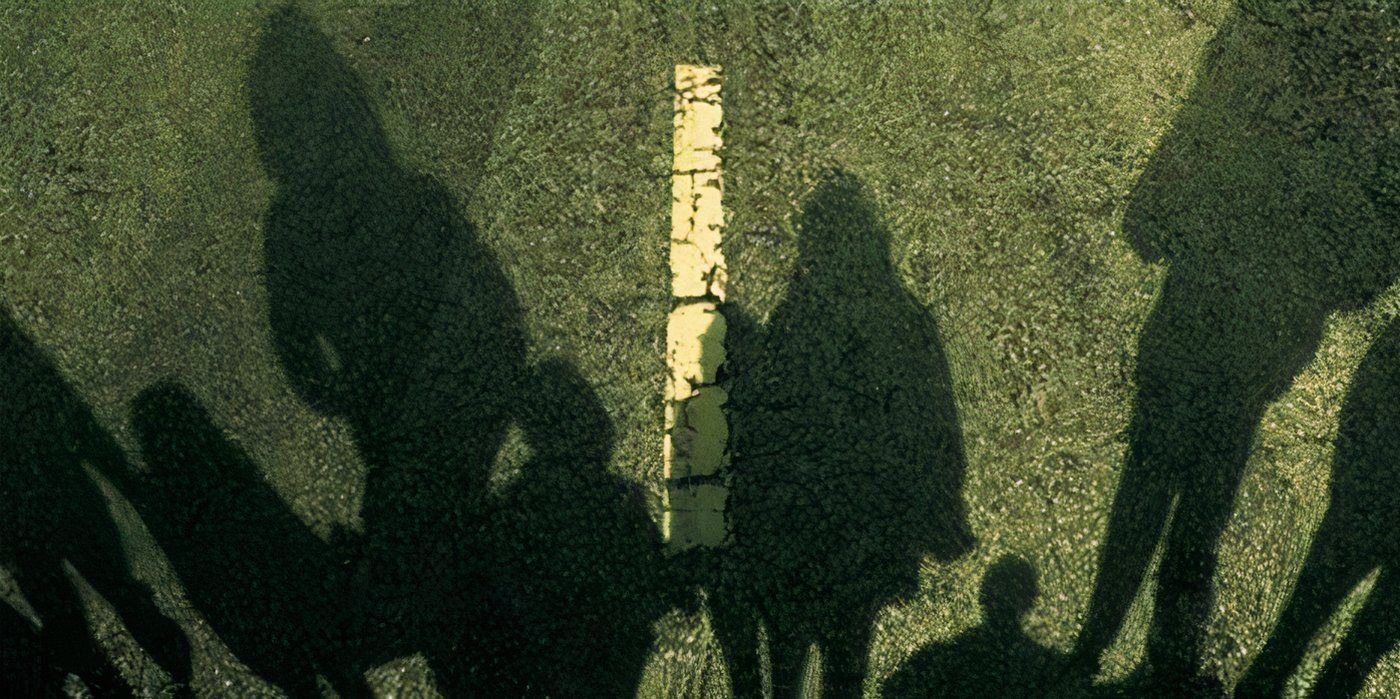



You must be logged in to post a comment.